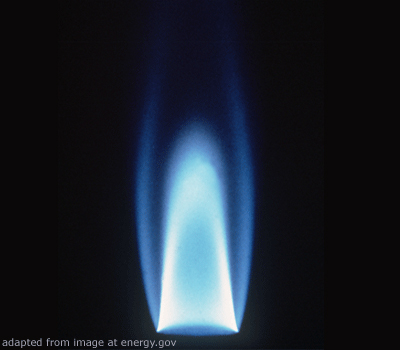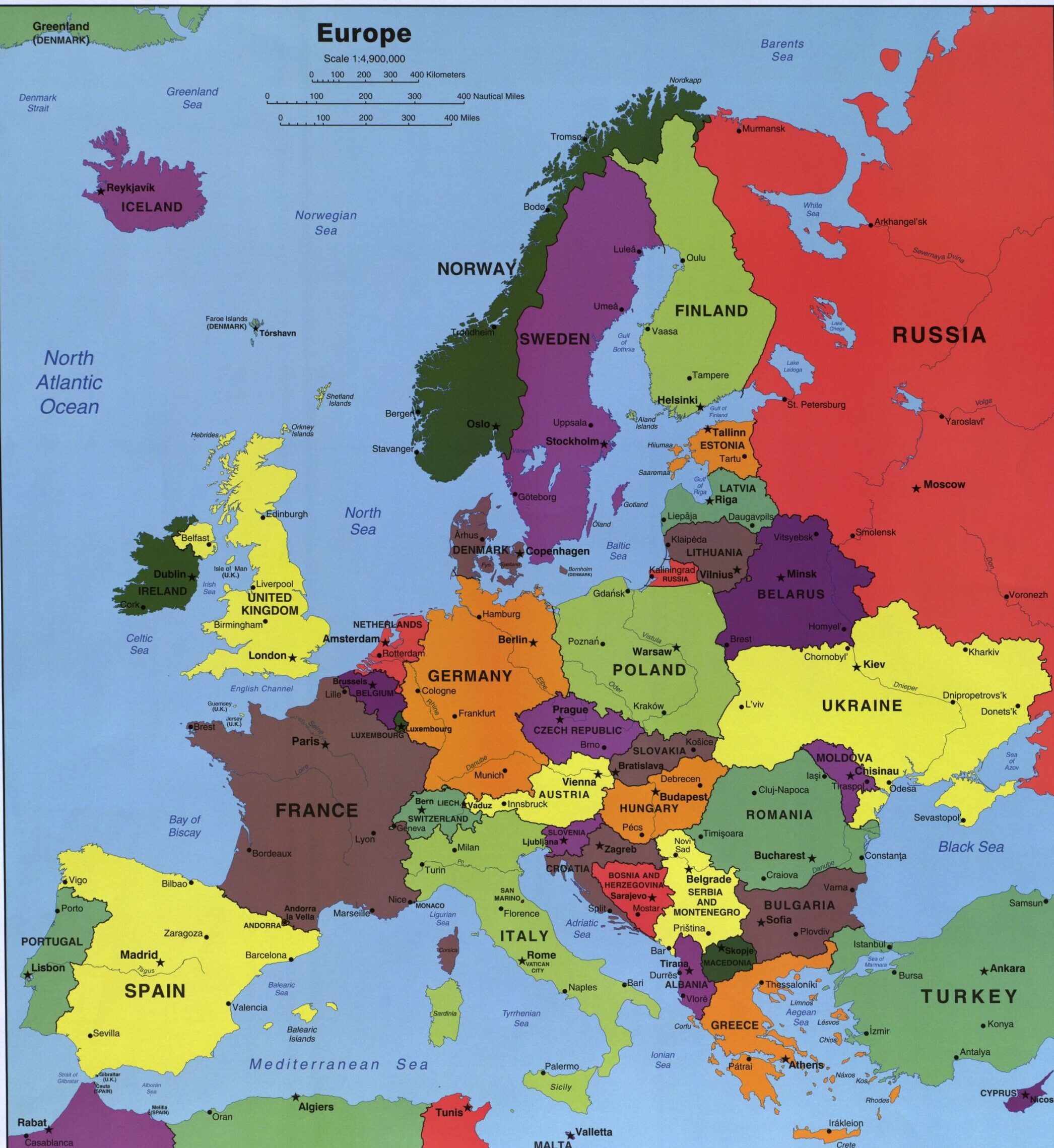Russia vs. Europe: Who Is Winning the Energy War?

(Russia Matters – russiamatters.org – Li-Chen Sim – Nov. 23, 2022)
Li-Chen Sim is an assistant professor at Khalifa University in the United Arab Emirates and a non-resident scholar at the Middle East Institute in Washington, D.C.
 The answer depends on the time horizon: In the short to medium term, Russia will look very much like a victor, thanks to its economic resilience despite lower-volume energy sales and Western sanctions, while Europe will pay a steep price for its delay in transitioning away from dependence on Russian fossil fuels. But in the long term, I expect Russia to decline as an energy superpower due to the structural problems plaguing this sector, while Europe stands to benefit from its redoubled efforts to wean itself off Russian energy, to bring online locally generated renewable and low-carbon energy and to cut energy consumption overall.
The answer depends on the time horizon: In the short to medium term, Russia will look very much like a victor, thanks to its economic resilience despite lower-volume energy sales and Western sanctions, while Europe will pay a steep price for its delay in transitioning away from dependence on Russian fossil fuels. But in the long term, I expect Russia to decline as an energy superpower due to the structural problems plaguing this sector, while Europe stands to benefit from its redoubled efforts to wean itself off Russian energy, to bring online locally generated renewable and low-carbon energy and to cut energy consumption overall.
Russia’s Not-So-Victorious Energy Trajectory
Thus far, Russia has proved economically resilient. Moscow’s export earnings from oil and gas are largely intact for the moment. This is due to high prices for these commodities on the global market and the fact that Russia’s largest customer, the European Union, continues to buy Russian fossil fuel products ahead of a partial ban scheduled to start taking effect at year’s end. Russia’s fiscal prudence over the past several years and capital controls since the invasion have also endowed it with large financial reserves with which to increase pensions, social welfare payments and salaries of public workers, taking some of the sting out of inflation. Underlining these successes, Russia’s anticipated GDP contraction for 2022 has been revised by all major Western and Russian institutions to a range of 3.4% to 5% — a far cry from the 8% to 15% forecast soon after the invasion by Russia’s central bank and the Institute of International Finance, respectively.
However, Russia’s “victory” is likely to be short-lived. This is partly because Russia effectively ceased its own gas exports to the EU in September 2022 and because EU sanctions will stop purchases of seaborne Russian crude oil and all oil products beginning, respectively, on Dec. 5 and Feb. 5. With the EU contributing, by some counts, 54% of Russia’s revenues from fossil fuel exports for the first six months of the war, the upcoming embargoes will diminish both Russia’s export earnings and its ability to fund its military operation in Ukraine. There are already tentative indications of a fall in the volume of Russian oil exports since October and a decline in oil and gas receipts in August, despite higher oil prices compared to a year earlier. Even Russia’s own Finance Ministry is expecting a decline in oil production volumes of 7% to 8% in 2023 versus 2022. Production of Russian coal, another major energy export, could fall by between 6% and 17% in 2022 due to a European import ban in effect since August and to falling demand in Russia for industrial steel in construction and aluminum in automobile manufacturing.
Additionally, the structural challenges inherent in Russia’s energy sector will become more apparent with time. One is that Russia’s oil industry is in long-term decline. For example, its reserves are dwindling: In 2020, they were 7% lower than levels recorded in 1991, whereas the U.S. and Saudi Arabia increased their proven reserves by 114% and 14%, respectively, over the same period. This hurts Russia’s chances for long-term development since the oil sector accounts for most of the combined oil-and-gas contributions to federal budget revenue (50%) and GDP (20%). Second, limited storage capacity means that a fall in exports will inevitably result in production shut-ins; maintaining pressure at Russia’s many small, ageing oil fields to enable them to be restarted in future would be a costly and painstaking undertaking. Third, Russia’s infrastructure was purpose-built to service customers in Europe. Consequently, there is no existing pipeline that can redirect western Siberian gas from Europe to Asia. Construction of such a dedicated gas pipeline is still pending final agreement by Russia and China “in the near future”; there is little chance for gas flows to begin before 2030. Russia also lacks enough ships to transport its own oil and gas because it has traditionally relied on European vessels, which will become virtually inaccessible if these commodities are purchased below yet-to-be determined price caps.
I believe that in the longer run Russia is likely to turn from a “strategic petro-state”—too significant on global energy markets to sanction effectively—into a “reduced energy power.” Claims of “peak Russia” have resurfaced, making it harder to argue that Russia is not in decline.
Europe’s Long, Hard Road Ahead
What of Europe, the other major protagonist in the energy war? President Vladimir Putin warned in September that Europe would “freeze, freeze” if the EU were to proceed with a price cap on Russian gas, saying Moscow would retaliate by supplying “no gas, no oil, no coal, no fuel oil, nothing.” In fact, gas storage in Europe is more than 95% full as of Nov. 19, surpassing the EU’s 80% target level and, more importantly, complementing demand destruction caused by high prices and energy-saving measures. This strongly suggests Europe is likely to avoid acute shortages and blackouts during winter and early spring. Europe’s dependence on Russian gas has also declined from 40% pre-invasion to less than 20% of its total imports.
All this has, however, come at an enormous price that will haunt Europe in the short and medium term. The EU has spent around $105 billion as of end-October in frantic efforts to increase storage levels; this figure excludes the cost of procuring (either through leasing or building) infrastructure to receive and process cargoes of liquefied natural gas, or LNG. At the micro level, households are enduring a 90% increase in energy bills compared to the previous year. Governments across Europe have agreed or are under pressure to subsidize consumers, which will result in higher levels of public debt. Europe’s industry is in crisis: Energy importer Uniper reported a nearly $40 billion net loss in the first nine months of 2022, one of the largest in German corporate history; steel, fertilizer, chemical and automotive manufacturing plants are drastically cutting production or shutting down due to high energy costs and slowing demand.
A recent outlook holds out the slim possibility that the euro area may avoid a much anticipated recession in 2022 if oil and gas prices continue trending downward. Nevertheless, the Belgian prime minister has warned that the “next five to 10 winters will be difficult.” This is especially because, unlike this year, Europe will be unable to avail itself of Russian hydrocarbon imports going forward; moreover, significant quantities of LNG will only become available around 2026 when projects in Qatar, the U.S., Australia and Mozambique come online. Inevitably, the EU will continue to spend vast sums, incurring debt in the process, to outbid other customers in order to ensure adequate gas supply over the next few years. Fears of a “deindustrialization of the German economy” and a general blow to Europe’s competitiveness have already surfaced.
Over the longer term, however, Europe’s prospects in the energy war are likely to be rosier than Russia’s. EU leaders are keenly aware that Europe’s dependence on cheap Russian hydrocarbons—40% of the EU’s gas consumption, 27% of oil imports and 46% of coal were imported from Russia in 2021—has fueled Europe’s growth. In this regard, the REPowerEU plan announced in March 2022 is aimed at not only reducing Russian fossil fuel imports before 2030 but becoming independent of them, accelerating the adoption of indigenously generated green energy sources and reducing overall energy consumption. Most experts agree with the EU that financing and implementing the plan is “hard, bloody hard. But it’s possible” and there continues to be strong public support for the EU’s response to the invasion and energy war. Russia’s outsized role in building, maintaining and fueling Europe’s nuclear power stations is also under scrutiny and U.S. nuclear company Westinghouse, which makes and supplies fuel assemblies for certain Russian reactors, could scale up and expand its capabilities to offer (more costly) alternatives. At a country level, Spain and Portugal could be beneficiaries should energy-intensive European companies relocate to take advantage of the sub-region’s lower power prices—around one third to one half those in the industrial core of Europe. They are well-placed thanks to non-Russian gas supplies from Algeria and existing liquefaction facilities, as well as a high level of renewables in their power mix.
Winners and Losers Change With Time
The energy war between Russia and Europe began well before the February 2022 invasion of Ukraine, has intensified since then and will continue long after it ends. The answer to “kto kogo?” in this regard depends on time horizons—with Russia as the victor in the short term but Europe as the winner in the longer term.
Footnotes
- Pronounced “KTO kuh-VO?”
Article also appeared at russiamatters.org/analysis/russia-vs-europe-who-winning-energy-war, with different images, bearing the notice: “© Russia Matters 2018 … This project has been made possible with support from Carnegie Corporation of New York,” with a footer heading entitled “Republication Guidelines” linking to: russiamatters.org/node/7406, which bears the notice, in part:
“If you would like to reprint one of these articles, a blog post written by RM staff, one of our infographics or a fact-check, we ask that you follow these guidelines:
- Include a prominent attribution to Russia Matters as the source and link back to the original at RussiaMatters.org.
- Retain the hyperlinks used in the original content.
- Do not change the meaning of the article in any way.
- Get an ok from us for non-substantive changes like partial reprints or headline rewrites and inform readers of any such modifications (e.g., This article first appeared on the Russia Matters website with the headline “Russian Election Interference in Trump’s Own Words”).
- Let us know about the reprint and send a link!
Please note that Russia Matters cannot grant permissions for third-party content, including articles, photographs and other materials not produced by our team.
Questions? Email us at RussiaMatters@hks.harvard.edu.”
